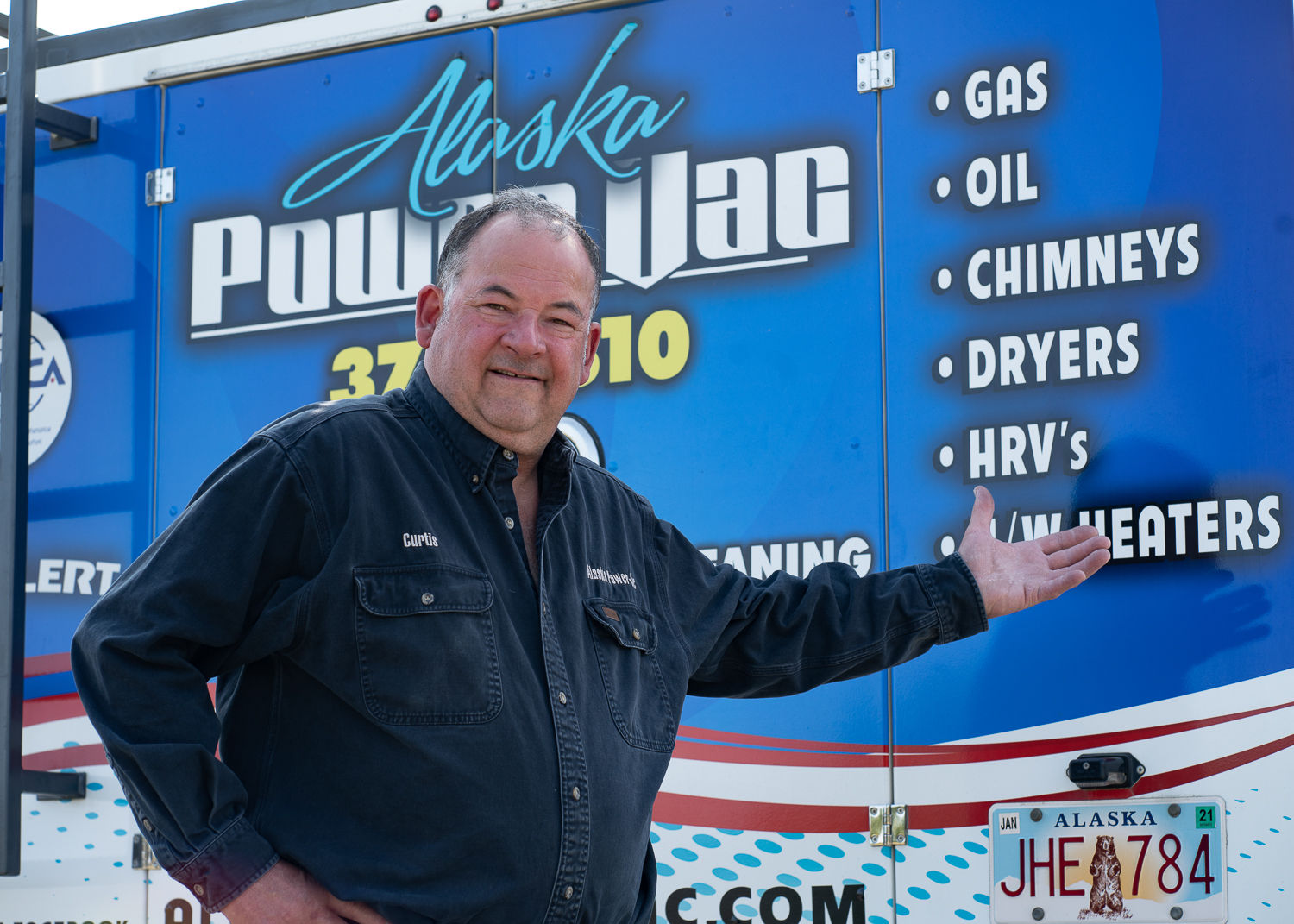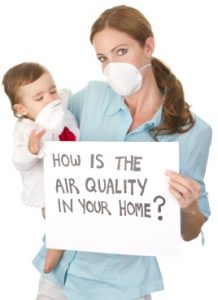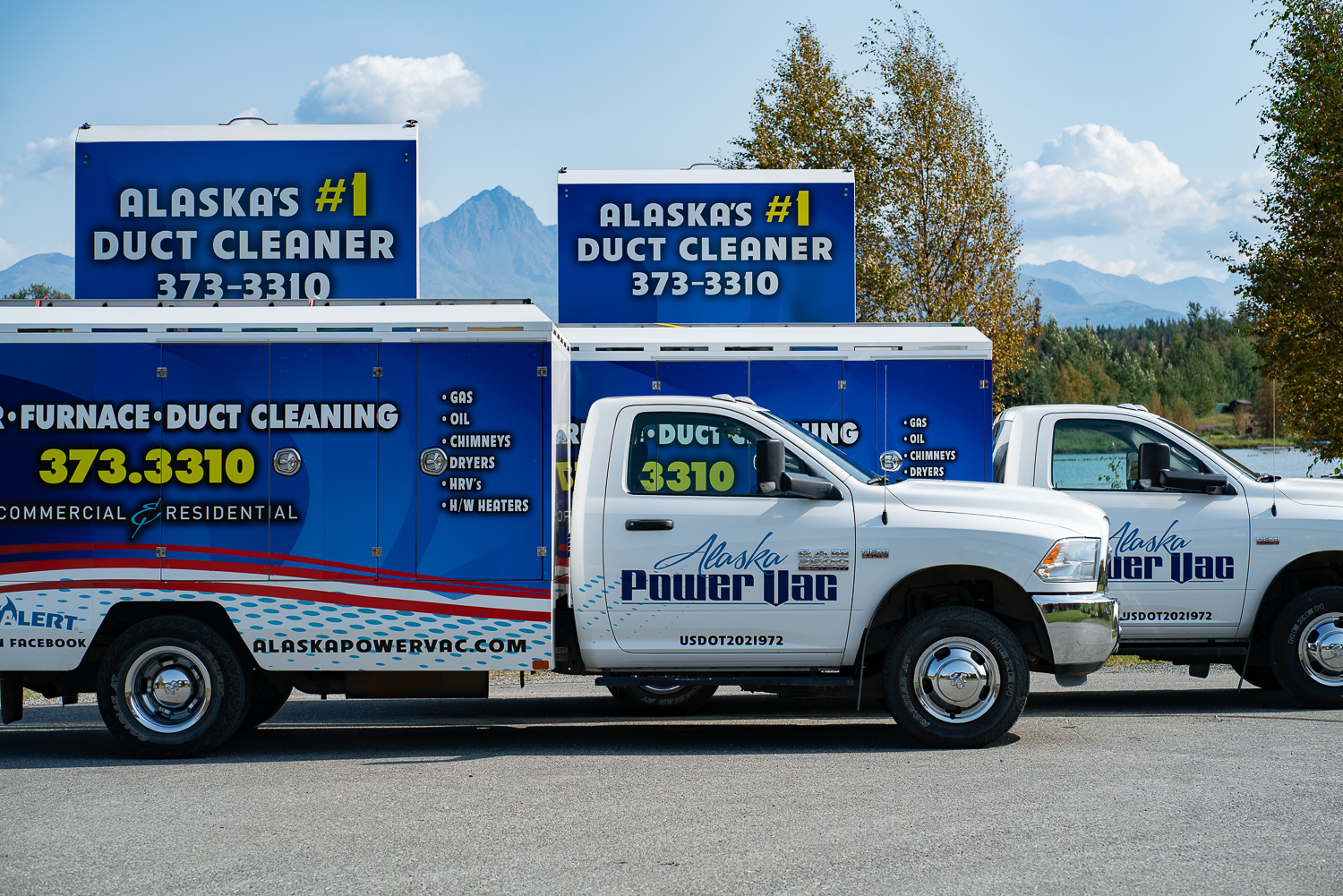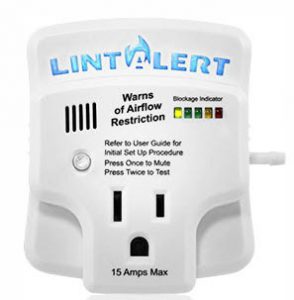For over 10 years, Alaska Power-Vac has been a leader in providing commercial and residential air duct cleaning services. We have found over the years we can offer many more services when we visit a job location and usually determine the customer might need air-duct repair and other ventilation improvement services. Below are some of the services we offer:
- Air Duct Cleaning
- Dryer Vent Cleaning
- Sealing Duct Lines
- Commercial and Residential
- We clean boilers, furnaces, HRV’s, dryers, duct work, chimneys and woodstoves
- Oil, gas and propane


 Indoor air quality is one concern that homeowners have when they decide to investigate air duct cleaning. In a typical six-room home, up to 40 pounds of dust is created annually through everyday living. Your heating and cooling system is the lungs of your home. The system taken air in and breathes air out.
Indoor air quality is one concern that homeowners have when they decide to investigate air duct cleaning. In a typical six-room home, up to 40 pounds of dust is created annually through everyday living. Your heating and cooling system is the lungs of your home. The system taken air in and breathes air out.
 The LintAlert® enhances your home safety plan by monitoring the dryer exhaust system for problems. As lint naturally builds up over time, LED indicators progressively illuminate to show how efficiently your dryer is operating. When airflow restriction becomes dangerous, an alarm is triggered.
The LintAlert® enhances your home safety plan by monitoring the dryer exhaust system for problems. As lint naturally builds up over time, LED indicators progressively illuminate to show how efficiently your dryer is operating. When airflow restriction becomes dangerous, an alarm is triggered.